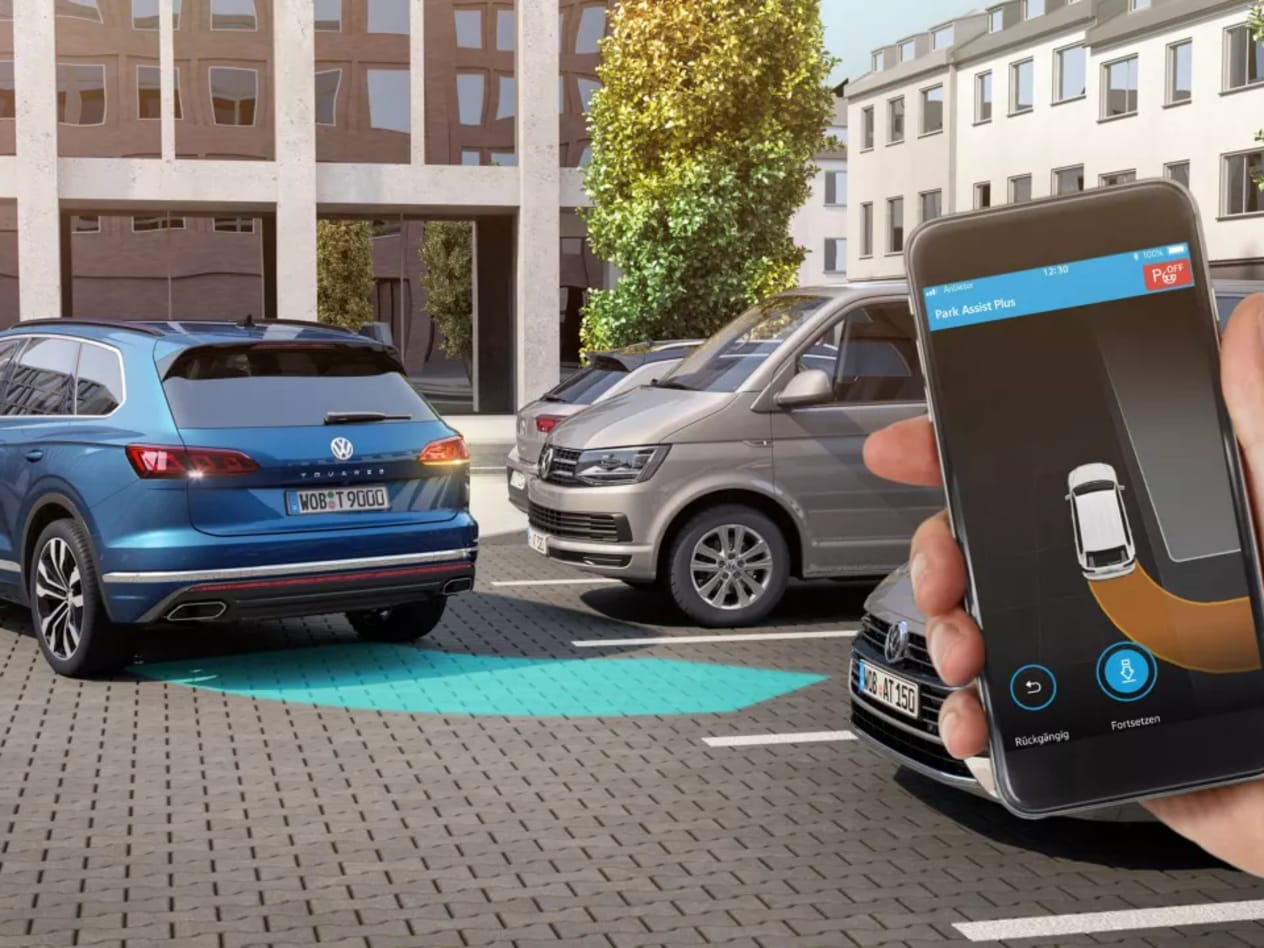

An overview of the five levels shows what the road to the future looks like. Driving assistance systems are key technologies when it comes to autonomous driving. Volkswagen drivers now find corresponding features for more comfort in the vehicle. And, with the SEDRIC, Volkswagen is also providing a glimpse of the last transformative step.
The progressive automation of the vehicle not only means more comfort on the road, but also a revolution in mobility. Five levels describe the development to autonomous vehicles. We can already choose between a variety of intelligent assistants that aid the driver in different situations. Radar and ultrasonic sensors capture traffic situations; a multifunctional front camera monitors the lanes and observes other road users. Previously, driving assistance systems were rather uncommon; today, they are available as standard in most Volkswagens.
Anyone driving a Golf or Passat today can now enjoy a glimpse of the possibilities of tomorrow because these vehicles already meet the technical requirements of level-1 driving assistance systems. The ACC automatic distance control not only maintains the previously set speed, but also the selected distance to the vehicle ahead. In some Volkswagen models, the ACC can also react to speed limits in conjunction with traffic sign recognition. A radar and a camera provide the information for the system. The emergency brake assistant (Front Assist) also belongs to this category. The system can warn the driver acoustically and visually about a possible collision and prepares the vehicle for potential emergency braking. If the driver does not react at all in an emergency, automatic partial braking, which is intended to prevent the worst, can be initiated. When using a level-1 assistance system, the driver always has responsibility for their vehicle.
Systems within this level perform several tasks at the same time. They can support the driver when accelerating, steering and braking. This facilitates, for example, comfortable following in a traffic jam. And in critical situations, too, the systems support the driver within their limits in order to avoid accidents where possible. Remote parking also belongs to this level: using a smartphone, the vehicle can be manoeuvred even into tight parking spaces. During the trip, the vehicle assumes partial tasks; for level-2 assistance functions, too, the driver remains permanently responsible.


The jump from level 2 to level 3 is the largest technically speaking. For the first time, the driver can deal with other things. The vehicle can automatically initiate overtaking and evasive manoeuvres, accelerate, and brake. The system recognises its limits and the driver must be able to take over control of the vehicle again.
In study status, the ID. family shows what will be possible in future with level 4. Within a closed application area such as motorways, the integrated system permanently takes control.
Level 4 also includes Robo-Taxis such as the SEDRIC, which drive fully automatically in restricted traffic areas – in cities, for example. There is no longer a need for a driver and passengers can pursue other tasks or even sleep.


The futuristic I.D. SEDRIC is designed without a steering wheel. The interior of the vehicle is completely redefined. It can be used for leisure purposes or, with the appropriate digital features, as a place to work. Level-5 vehicles can move autonomously in all road traffic. Through environmental perception, constant networking and smart car-to-car communication, a driver is no longer required from the individual start to the freely selected destination.
